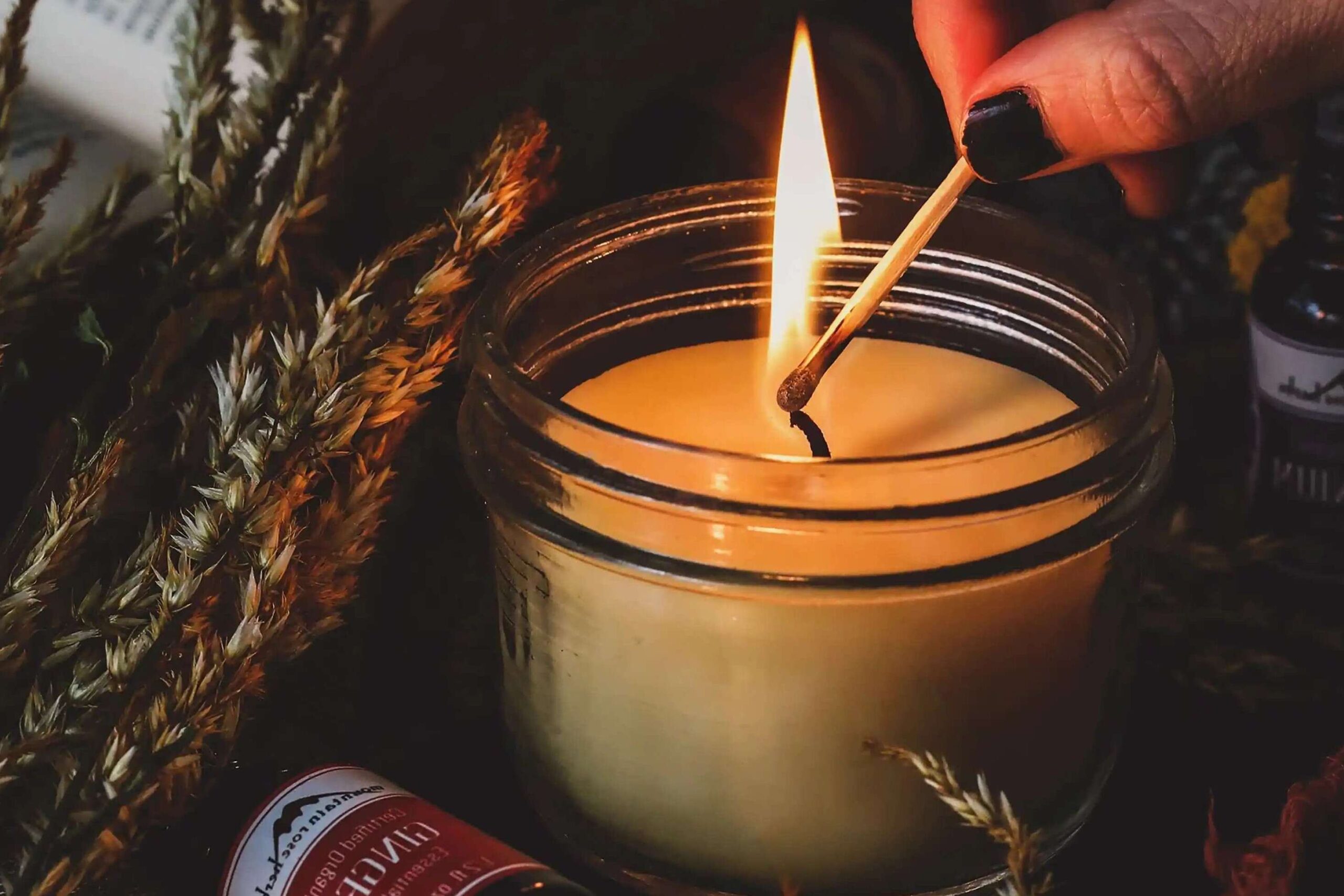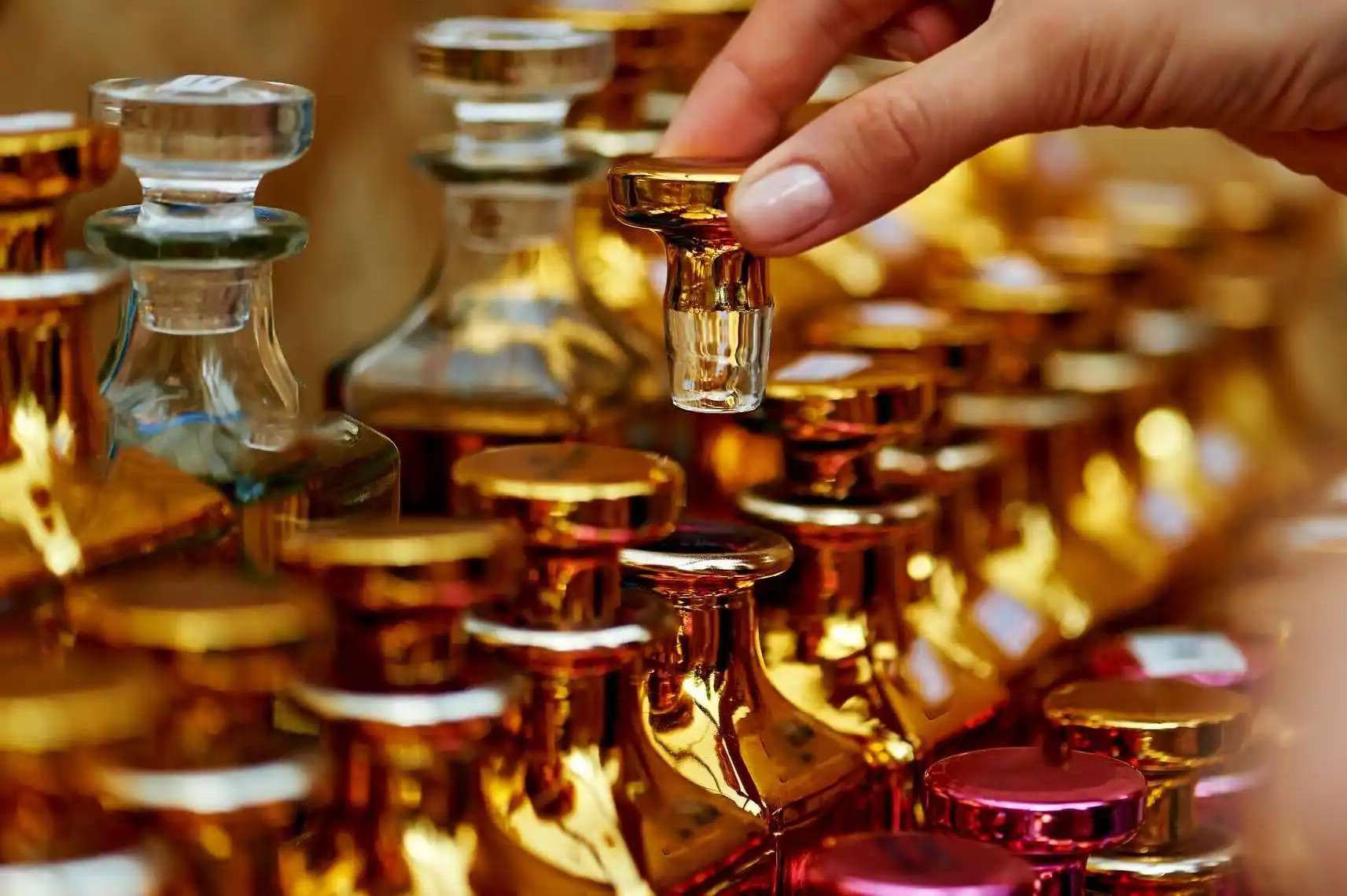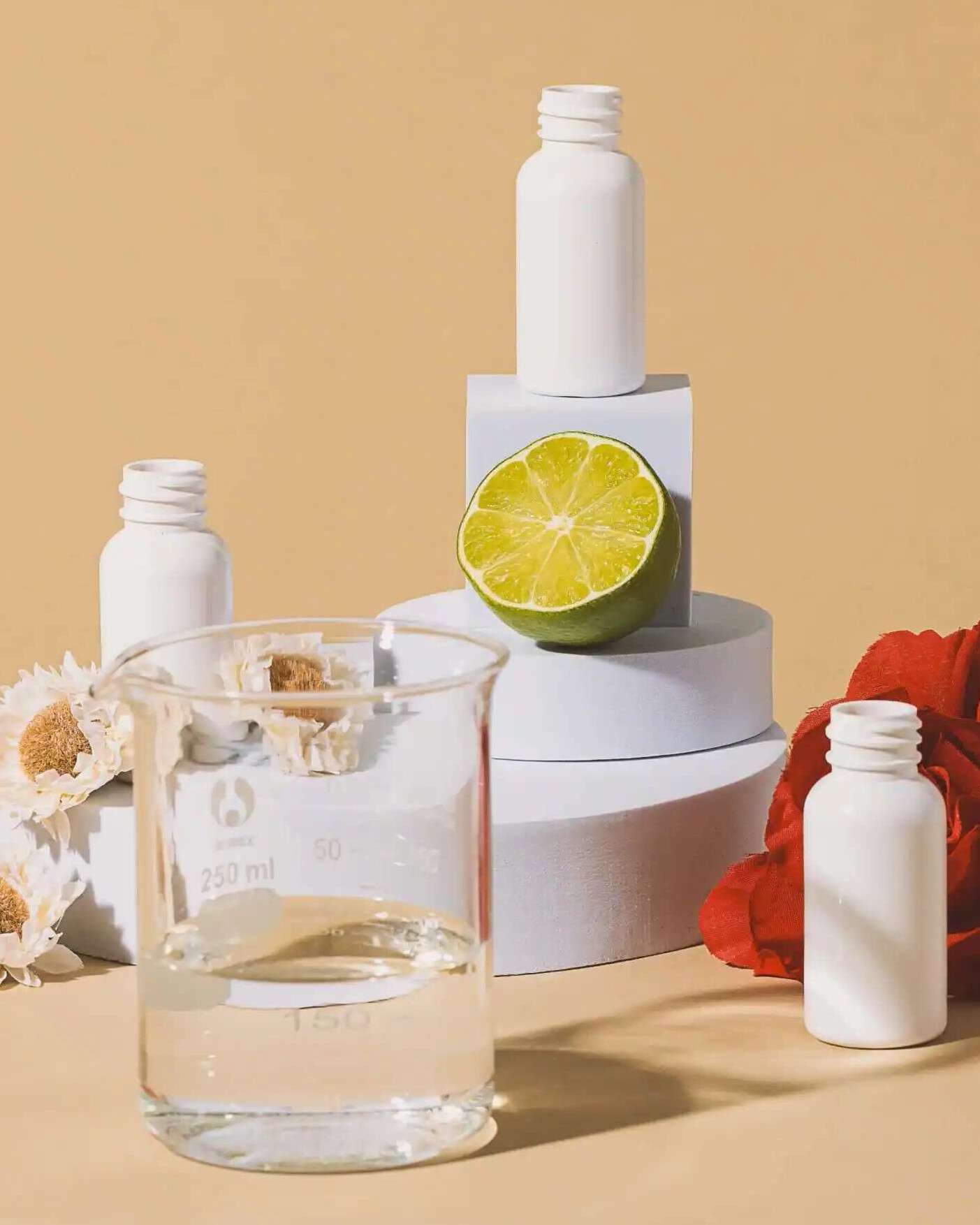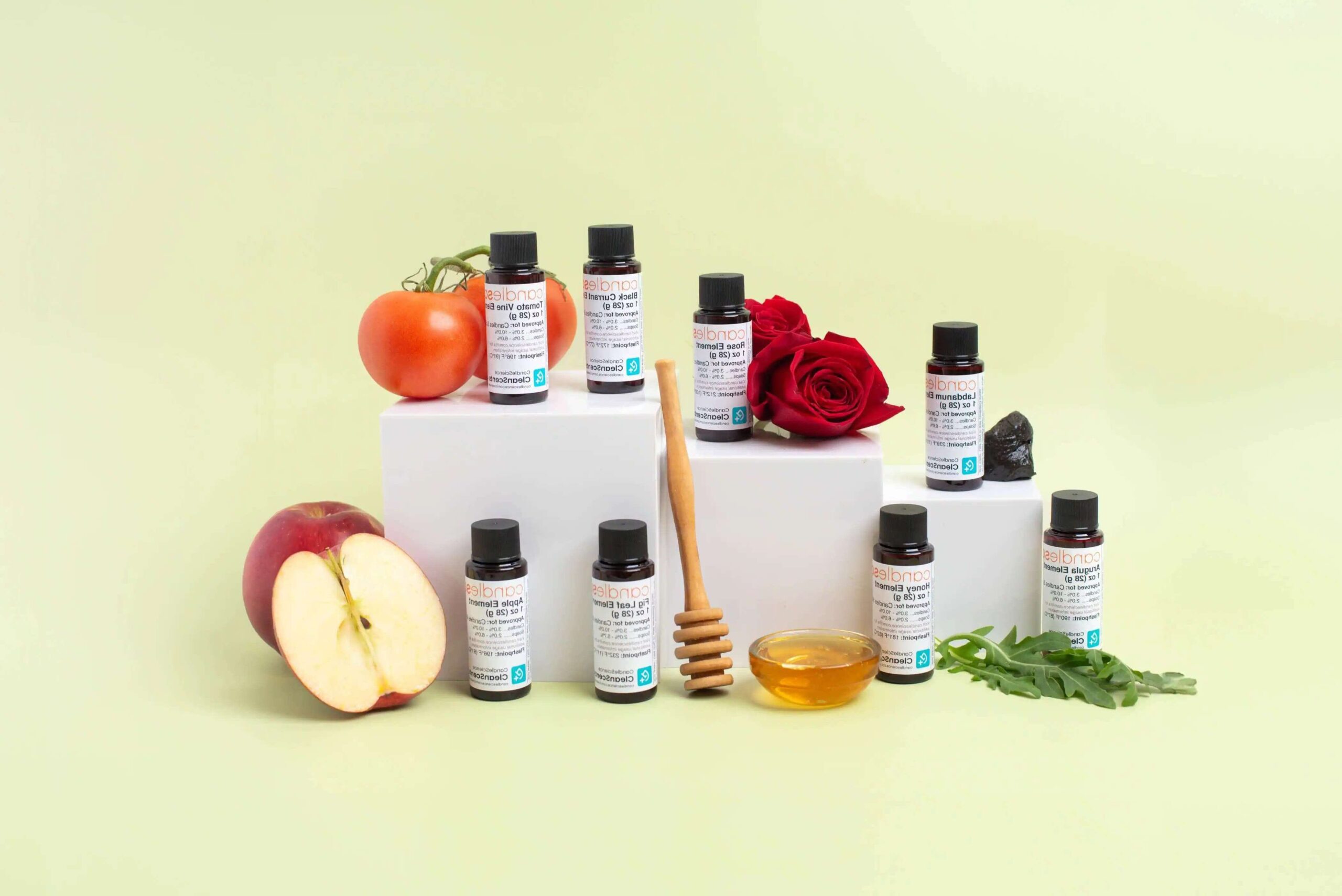



You don’t build great candle scent by luck. You design it—on purpose—around wax, load, temperature, cure, and wick. In the candle plant, those five levers make or break throw, burn quality, and repeatability. This essay walks through the real knobs you can turn, shows quick tables you can share with ops, and folds in how I’Scents’s custom Fragrance Oils and duplication work step-by-step for manufacturing.
(Heads up: I’ll keep it human. Short lines, real terms like cold throw, headspace, soot. A few tiny grammar slips too—kinda normal in shop talk.)
Cold throw is what a shopper smells on-shelf or when they pop the lid. Hot throw is what fills a room once the melt pool forms. These two behave differently because volatility, binding with wax, and heat release don’t line up the same.
Quick checks (on the bench):
What it means. Fragrance load is the fragrance-to-wax ratio, not a “more is always better” thing. Wax has a carrying capacity, and wicks react to viscosity and volatiles.
Bench card (simple):
| Step | What You Do | Why It Helps |
|---|---|---|
| 1 | Pick a baseline load (say 7% or 8%) | Gives you a stable control |
| 2 | Pour 3 mini runs: -1%, base, +1% | Quick titration on throw vs burn |
| 3 | Burn at 2h/4h | See melt pool size and smoke risk |
| 4 | Note aroma curve (top → base) | Catch hollowness or muddiness early |
| 5 | Lock the winner, retest next day | Fragrance/wax binding shifts a bit |

Different waxes carry and release aroma differently. Pick wax for your scenario (use case), not a trend.
| Wax / Blend | Throw Tendency | Cure Notes | Look & Feel | Typical Use |
|---|---|---|---|---|
| Soy (e.g., 464-type) | Clean profile, often needs patience for strong hot throw | Benefits from 1–2 weeks cure for stability | Natural vibe, creamy | Eco-positioned lines |
| Paraffin | Strong throw, easy to light | Shorter cure | Glossy, translucent | Mass retail, strong scent goals |
| Coconut/Apricot blends | Big throw, smooth tops | Moderate cure | Luxury gloss, good jar adhesion | Premium lines |
| Soy-paraffin blends | Balanced performance | Medium cure | Stable appearance | Mid-market hybrids |
Shop talk: if you chase “top-shelf” hot throw and smooth glass adhesion, coconut-apricot or similar blends often simplify the job. If the brand story leans natural, soy wins—but manage cure time and wick testing.
Many candle makers add fragrance around 185°F to help the oil bind with the wax matrix. It’s not a magic number, but it’s a reliable starting point for mixing quality and pour flow. Stir well, don’t just drizzle and hope.
Flash point is a safety property under open flame/ignition conditions—it’s not your “add limit” temperature. Don’t confuse the two. Use proper ventilation, manage heat sources, and follow SDS guidance per material. Safety first, always.

Cure lets the fragrance distribute and settle into the wax. Soy systems often come alive after more days.
| System | Typical Cure Window | What You’ll Notice |
|---|---|---|
| Soy (e.g., 464-style) | 1–2 weeks | Hot throw improves; aroma gets rounder |
| Coconut/Apricot Blends | 3–7 days | Evens out quickly; great cold throw |
| Paraffin | 1–3 days | Ready fast, strong early throw |
If ops pushes to ship same-week, set a minimum viable cure for QA sign-off and keep retains to watch week-2 drift. Yep, a bit nerdy, but it saves returns.
Wick dictates heat, capillary action, melt pool size, and smoke profile. You can nail the blend and still miss if the wick is wrong.
Wick × Fragrance test matrix (mini table):
| Vessel Dia. | Wax | Fragrance Load | Wick A | Wick B | Winner Notes |
|---|---|---|---|---|---|
| 72–75 mm | Soy | 8% | CD-12 | CD-14 | B: clean edge-to-edge pool at 3h |
| 72–75 mm | Coconut/Apricot | 8% | ECO-10 | ECO-12 | A: less soot, better headspace |
| 85–90 mm | Paraffin | 7% | LX-20 | LX-22 | B: stable flame, no mushrooming |
(Your codes may vary—treat this like a planning grid.)
Candles fall under IFRA Category 12 for fragrance usage context. Read the IFRA certificate for each fragrance so you know the upper limit for relevant materials and any restricted components. Keep SDS on file and follow your local regs.
ASTM F2417 is the candle fire-safety standard. Use it as your guardrail for wick, label warnings, and performance. Keep COA/traceability tight so QA can track any batch drift.
Think in accords. Build a spine, then decorate.
Simple blend exercise (no fake names, just a use case):
Hollow top? Add a soft resin or musky nuance. Too heavy? Trim base or lighten with leafy notes.

Keep it simple and repeatable. This plan avoids wasted weeks.
Tiny tip: when hot throw is “loud but flat,” it often wants mid-note texture, not more load. Don’t overdo tho.
| Variable | What It Changes | Typical Moves | Failure Signs | Quick Fix |
|---|---|---|---|---|
| Wax | Carrying & release | Pick for scenario, not fashion | Sweating, weak throw | Swap blend or adjust base accord |
| Load | Intensity & burn | 6–10% start, step test | Soot, mushrooming, drowning | Reduce load or rebalance notes |
| Add Temp | Binding | ~185°F mixing, steady stir | Streak, inconsistent jars | Improve mix, time the pour |
| Cure | Stability & throw | 3–14 days by wax system | Thin hot throw day-1 | Extend cure; retest retains |
| Wick | Heat & pool | Size/type per vessel and oil | Tunneling, smoke | Up/downsize; consider wood vs cotton |
You don’t have months to iterate. That’s where I’Scents helps you move from brief → pilot → scale fast while staying compliant.
Explore our OEM/ODM Fragrance Oil & Perfume Raw Materials manufacturer overview, review our perfume raw materials capabilities, and browse fine-grade Fragrance Oils you can tailor for candle use. If you need fragrance duplication to match an existing SKU, ask about our GC-MS headspace-plus-organoleptic workflow at I’Scents. For private-label or bulk supply, ping our fragrance oils supplier team. And if you want a starting palette, check out fine fragrance oils as your base.
Open-plan retail: top-forward profile to win the first sniff, thin base so it doesn’t linger too heavy on staff. Coconut/apricot blend, 7–8% load, mid-size cotton wick.
Small bedroom line: soft base-heavy accord (amber/woods/musk) that blooms at hour two. Soy system, 8–9% load, cure two weeks, careful wick upsize to avoid soot.
Hotel welcome & night vibe: same DNA as the hotel’s diffuser signature, but move the weight down (heart/base) so the candle reads plush, not sharp. Two-wick vessel to avoid tunneling.
Summer shipping: reduce super-volatile tops; favor stable citrus fractions and herbal sparks that survive heat. Add temp control in the plant so binding holds.
You’re not making one cute candle; you’re making thousands that must match. The five-lever framework turns “creative” into repeatable:
When you’re ready to translate the brief into a factory-ready blend, lean on custom fragrance oil support from I’Scents. We build accords from scratch or replicate your target with high fidelity, then help you dial the candle variables so the scent performs in wax, not just on paper.